- Blog >
- Visual Inspections: A Complete Guide
Visual Inspections: A Complete Guide
A visual inspection is an inspection of an asset made using only the naked eye.
This kind of inspection does not necessarily require any special equipment, but it does require special training so that the inspector knows what to look for as they visually review the asset.
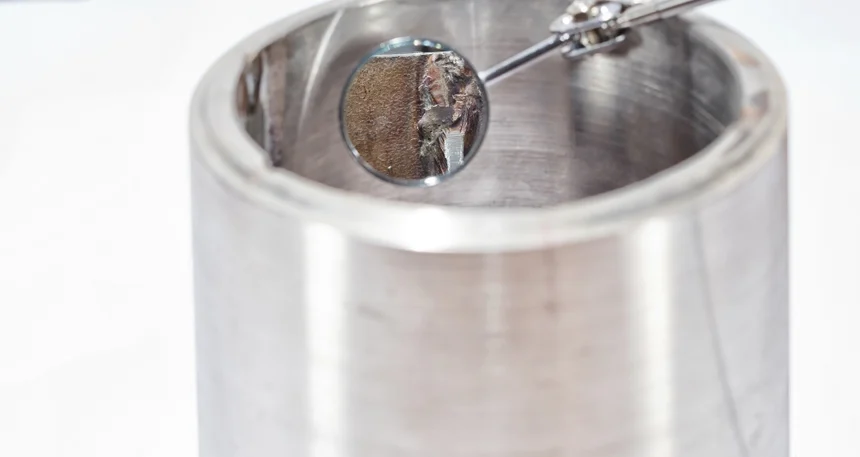
Visual inspections have traditionally taken place with an inspector walking around or inside of an asset like a boiler, visually reviewing every single part of it.
But new Remote Visual Inspection (RVI) tools have been allowing inspectors to collect visual data without having to be physically present, changing the approach to how they conduct visual inspections. In fact, some RVI tools are so good that inspectors can rely almost entirely on the visual data they collect for the purposes of their inspection.
This guide covers details about visual inspections, the industries that use visual inspections, other types of inspection techniques that inspectors use, and also includes information on how drones can help with visual inspections.
What Is the Goal of a Visual Inspection?
Visual inspection are one of the oldest and most trusted ways to evaluate the condition of an asset as part of the overall maintenance process.
The goal of a visual inspection is to find anything that might be wrong with the asset which could require maintenance.
For example, if an inspector is conducting a visual inspection of the inside of an industrial boiler, they might be looking for:
-
Cracks or buckling in the welds that hold the boiler together
-
Corrosion on the sides of the boiler
-
Leaks or other issues with the integrity of the boiler’s walls or floor
-
Issues with any of the supporting equipment that helps make the boiler run
The primary goal of finding these issues is to fix them before they get worse.
In commercial inspections like this, missing critical issues in an asset—like a crack in the side of a boiler, for example—could result in a serious accident. And that’s why visual inspections of critical assets like boilers and pressure vessels are typically conducted only by licensed inspectors who operate according to very strict guidelines, usually mandated by law.
Which Industries Use Visual Inspections?
Visual inspections are used in every industrial industry.
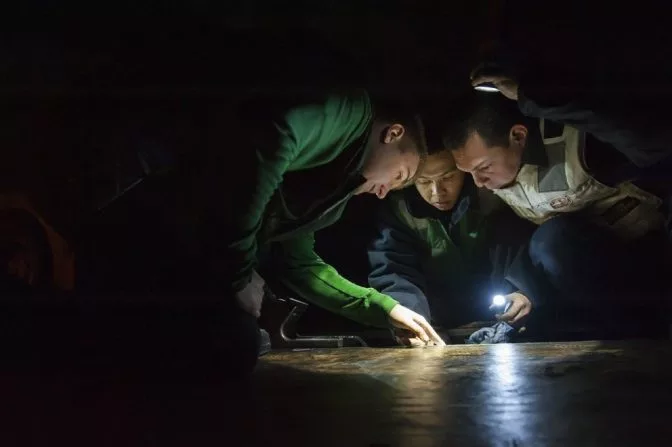
The reason for this is simple—reviewing an asset with the naked eye is one of the most simple and powerful ways to find flaws in it.
Here are just some of the sectors that use visual inspections as part of their regular maintenance processes:
-
Oil & Gas
-
Power & Utilities
-
Chemicals
-
Mining
-
Maritime
-
Food & Beverage
If the industry in question uses any kinds of large assets that require regular inspections, the go-to approach inspectors will take when starting their inspection is a visual inspection.
Other Kinds of Inspections
Although it is the most commonly used inspection technique, visual inspections are just one of many types of inspections.
When performing non-destructive testing (NDT)—a general term referring to a range of inspection techniques that inspectors use to collect data about the condition of an asset without damaging it—there are several other ways that an inspector may test a material to better understand its condition.
Here are some other types of inspection techniques an inspector might use:
1. ULTRASONIC TESTING (UT)—the process of transmitting high-frequency sound waves into a material in order to identify changes in the material’s properties. Learn more in this guide to ultrasonic testing.
2. RADIOGRAPHY TESTING (RT)—the act of using gamma- or X-radiation on materials to identify imperfections.
3. MAGNETIC PARTICLE TESTING (MT)—the act of identifying imperfections in a material by examining disruptions in the flow of the magnetic field within the material.
4. ACOUSTIC EMISSION TESTING (AE)—the act of using acoustic emissions to identify possible defects and imperfections in a material. Learn more in this guide to acoustic emission testing.
5. LIQUID PENETRANT TESTING (PT)—the process of using a liquid to coat a material and then looking for breaks in the liquid to identify imperfections in the material. Also called dye penetrant testing.
6. LEAK TESTING (LT)—the process of studying leaks in a vessel or structure in order to identify defects in it.
Remote Visual Inspection (RVI)
As we mentioned at the start of this article, visual inspections don’t have to be conducted in person.
As the quality of cameras and robotics continues to improve, inspectors are using RVI tools more and more to collect visual data remotely instead of in person.
Inspectors usually want to use RVI instead of conducting a visual inspection in person because the area that needs to be inspected is dangerous to enter or difficult to enter, or both.
For example, walking into a mine shortly after a blast is so dangerous that it simply isn’t done. But a drone can be used to survey the area remotely, collecting visual data on its condition so that mining personnel can make a determination about whether it’s safe enough to enter.
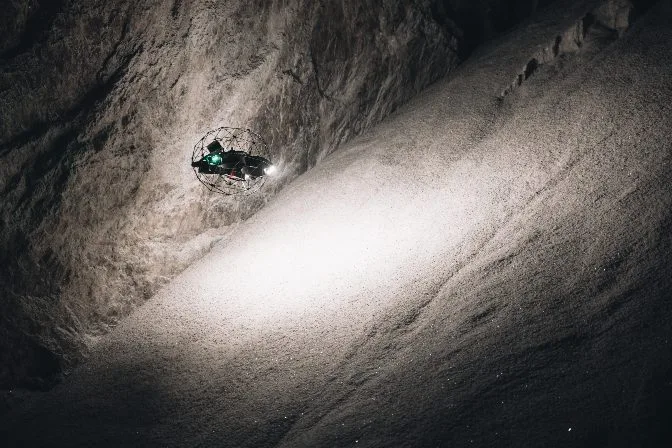 The Elios 3 flying inside a salt mine
The Elios 3 flying inside a salt mine
In a less extreme example, inspecting a huge oil storage tank could be potentially dangerous because it requires climbing scaffolding erected dozens of feet in the air. But using a drone removes the potential danger of falling, allowing the inspector to remain at a safe distance while collecting the visual data they need for the inspection.
Here is how an inspector might use RVI in their workflow:
-
An inspector sends a drone into a boiler and collects all of the visual data they need to evaluate its current condition
-
Once the visual data is collected, the inspector carefully reviews it, looking at all of the video footage to identify potential problem areas
As you can see, the inspector is still conducting a visual inspection, but now the inspection is of data seen on a screen, not in person.
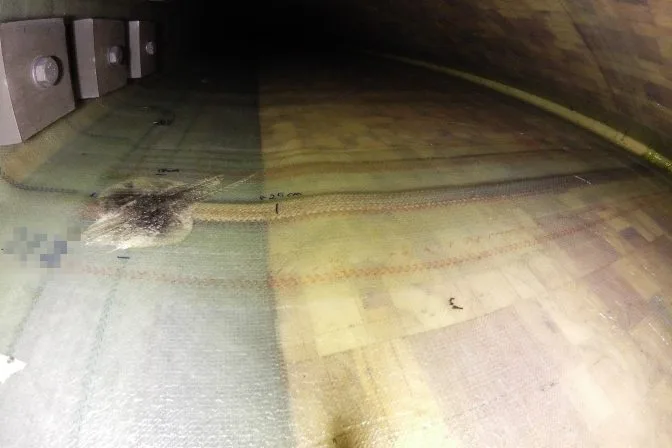 Drone footage of a damaged wind turbine that was struck by lightning
Drone footage of a damaged wind turbine that was struck by lightning
Home and building inspections are also benefitting from remote inspections these days. Using a video calling app like Zoom or FaceTime, an inspector can be located remotely and still conduct a virtual inspection by looking at the video shared by someone located on-site, successfully completing the inspection as prescribed.
How Drones Can Help with Visual Inspections
Drones aren’t the only tool for conducting RVI.
Inspectors have experimented with different confined space tools, like dropping cameras into confined spaces on ropes, or attached to robotic crawlers.
But more and more inspectors have been turning to drone technology as a preferred RVI tool because it offers a high degree of control and a high degree of quality.
And drones like Flyability’s Elios 3 provide features like oblique lighting, which allows inspectors to visualize the depth of the surface they’re inspecting so they can understand what they’re looking at without having to be physically present.
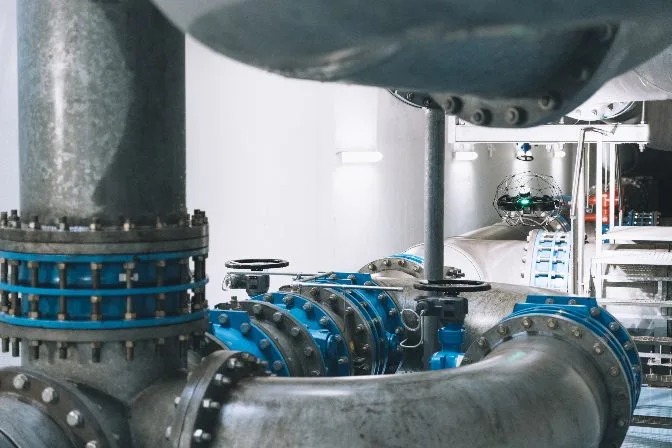
Here are some of the primary benefits to using drones to collect data remotely for visual inspections:
-
Safety. Drones improve safety by removing the need for an inspector to enter a confined, potentially dangerous space in order to collect visual data.
-
Savings. Entering confined spaces to conduct a visual inspection often requires costly scaffolding and extended downtimes for the asset being inspected. A drone removes the need for scaffolding and greatly reduces the time needed for the inspection, resulting in significant savings.
-
High quality data. New inspection drones can collect high quality data, which can be archived and referred to in the future to determine the changes to an asset over time.

